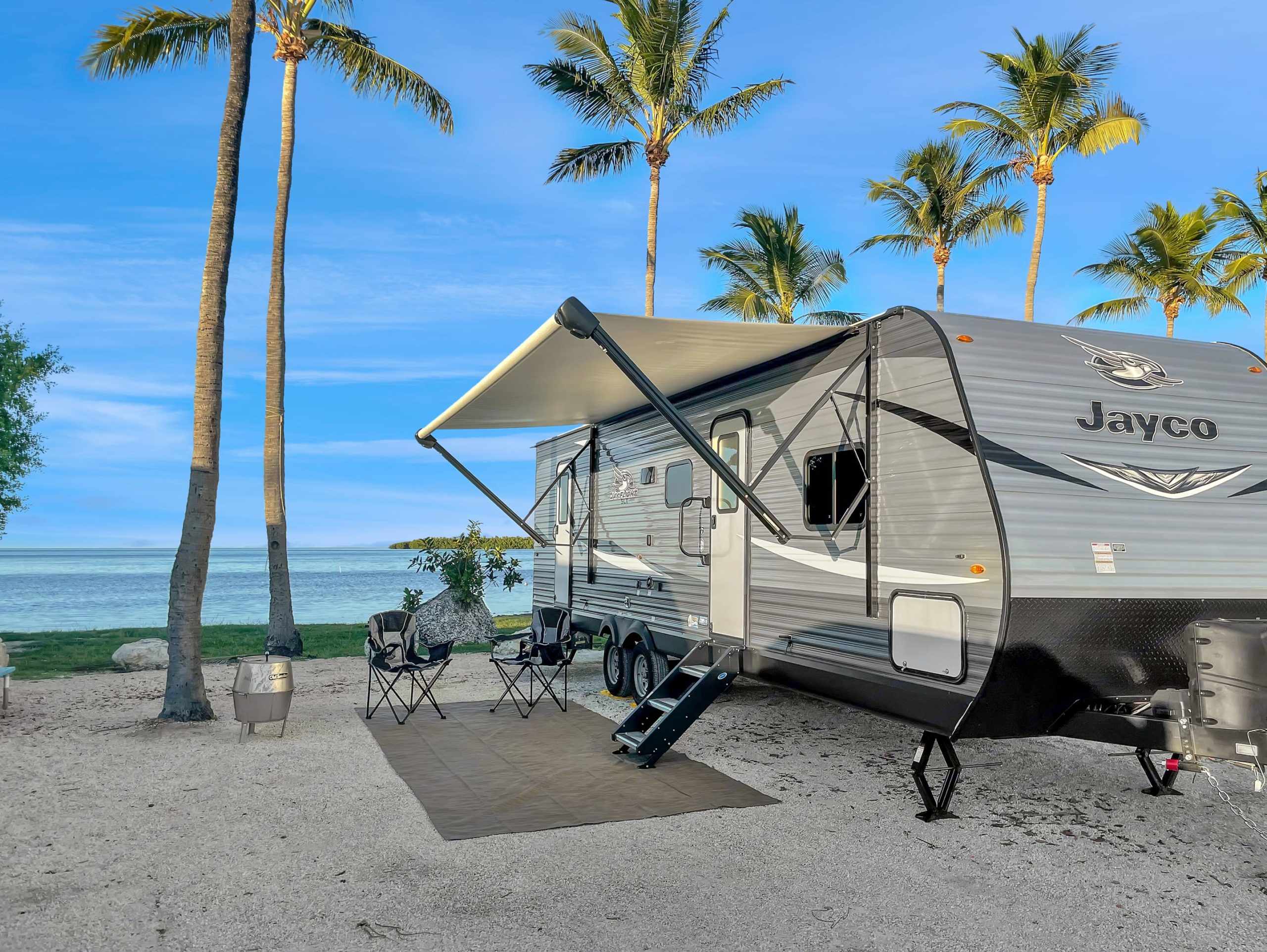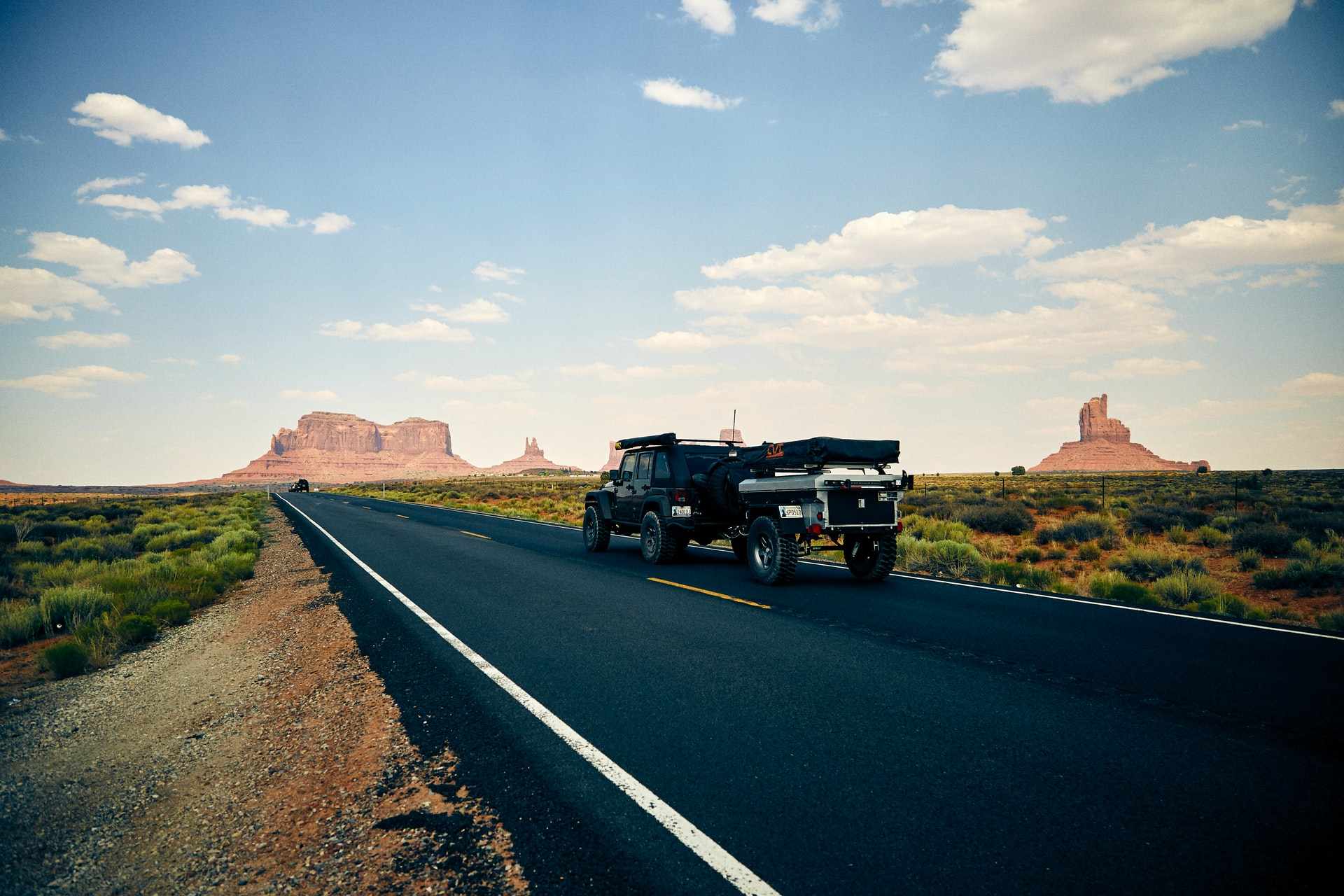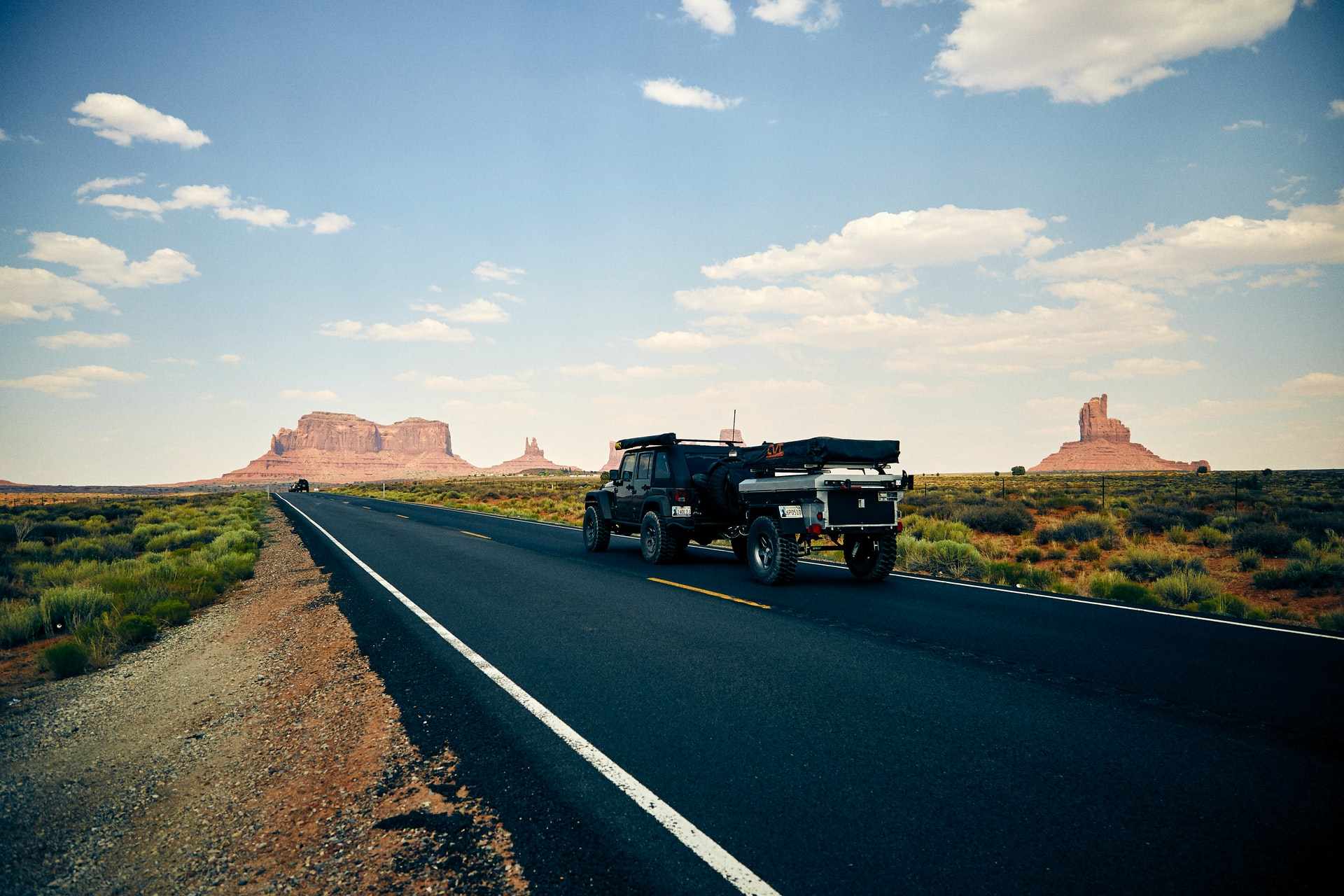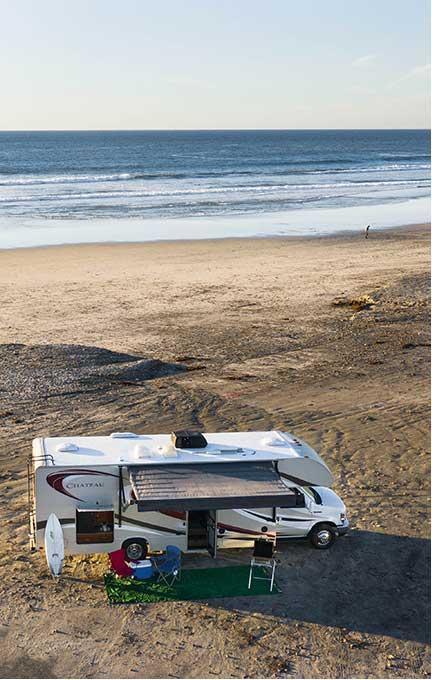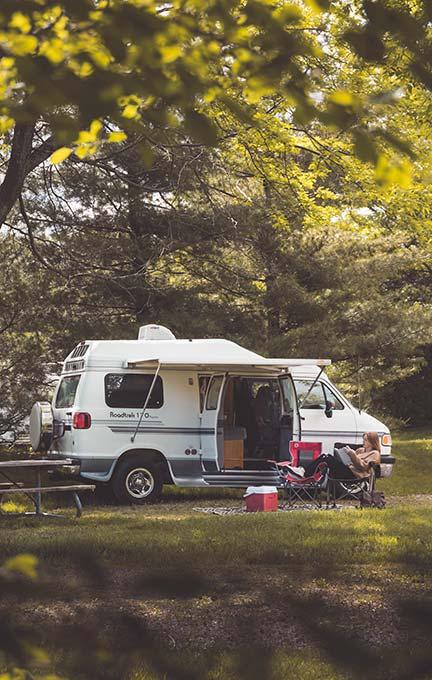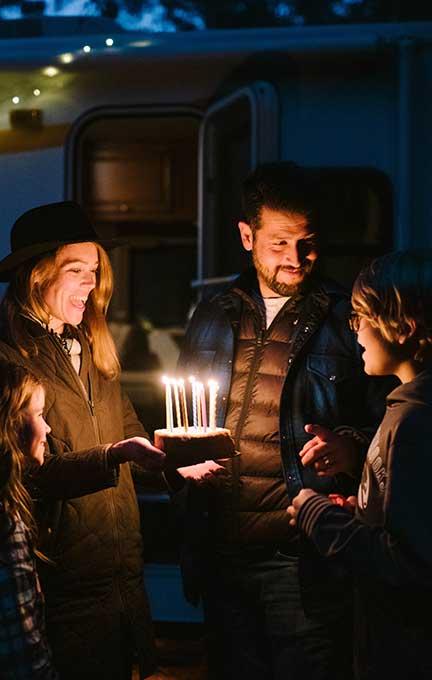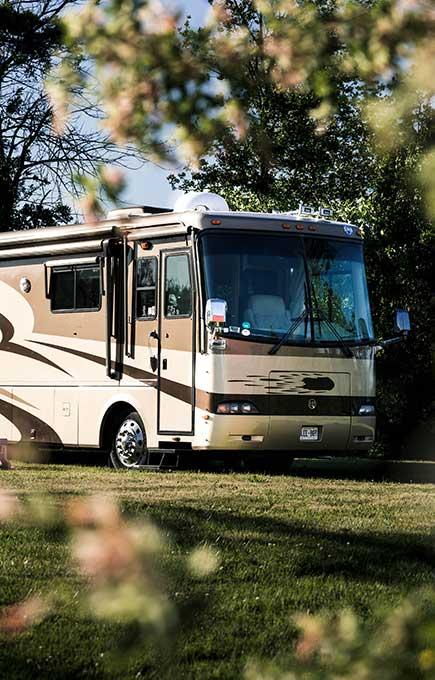The big names in recreational vehicles always make sure that their most popular and profitable designs stay on the market in some form. What about the daring, creative individuals who put together some of the first mobile homes using little more than their own materials and ingenuity? In Retro campers new technology, we look at some of the famous DIY designs from yesteryear outfitted with all of the flash and convenience of the 21st century.
Pop Ups and Fnew Outs

The very first Airstream was built a tent on the back of a Model T Ford. You could describe it as a prototypical version of the first pop-up or fnew-out. Coachman has developed the versatile, sleek, and ultra-light Viking line, designed for space, economy, and family comfort. You can find similar lightweight, compact tent-trailer models at other companies like Livin’ Lite, which makes sporty, small pop-ups designed to for mobility and adventure camping.
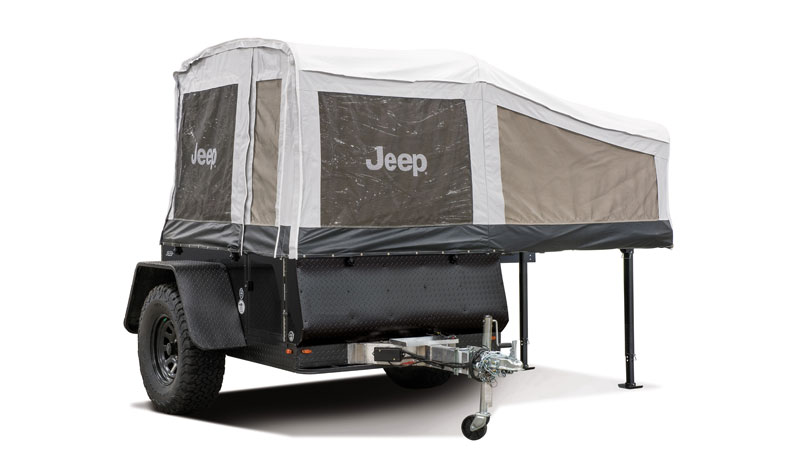
Some brilliant, brave designers have taken this concept to the next level and beyond. Stunning examples like the Opera Camper and the Dutch De Markies demonstrate just how far the fnewout can go.

Camper Vans

It’s safe to say that Volkswagen dominates this market with the familiar Westfalia, the iconic van that hosted many a hippie road trip and new-fashioned freak-out back in the day. The first camper vans started out as just that in the 1950s, an extension of what we might call “car camping” today. Vintage restorations and DIY renos are quite popular with these versatile new vans and buses, which Volkswagen was making right up until 2003. Many of these new, new designs integrate features like wooden interiors, pop-up roofs, or patio extensions. The 2014 Westfalia designs that you see on the road today are actually Ford transit vans, and boast upscale, modern interiors that could have been lifted from a high-tech condominium or stylish home. There’s also a revival of the VW campervan in the works–though this time it will be electric-battery powered! Great examples of comfort and connectivity on a professional level, as well being functional living spaces.

Material Worlds

The 1950s was the boom time of recreational vehicles, as the middle class not only had the money to buy campers or modify buses, but also the free time to use them. Modern versions of the classic 1950s trailers are available with all of the vintage designs you love but made with lighter, more environmentally friendly materials. Made almost entirely with fiberglass and minimal amounts of steel and aluminum, these trailers combine gorgeous new designs with modern conveniences.

Relic Trailers lean more towards the quaint, new-fashioned look, complete with the two-tone paint job and 1950s wing tips. Check out the sleek teardrops and roadrunners from Texas-based Armadillo, which draw their inspiration from the Atomic Age. Even your small car can easily pull the Bandera Teardrop into the horizon, and not burn a lot of gas doing it. These small trailers can also easily travel behind your Jeep or other all-terrain vehicle to places without cell service or WiFi signals if you really want to pretend it’s 1955.
The idea of a home on wheels wasn’t born in a marketing meeting or corporate boardroom. Although some of our favorite designs come from big names like Winnebago and Viking, all recreational vehicles began with tents, trucks, a few simple tools, and the irresistible lure of the open road. Add to the mix a dedicated wanderer with some basic driving skills, and you’ve got yourself an RV.
